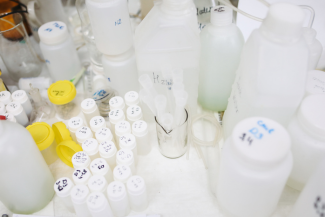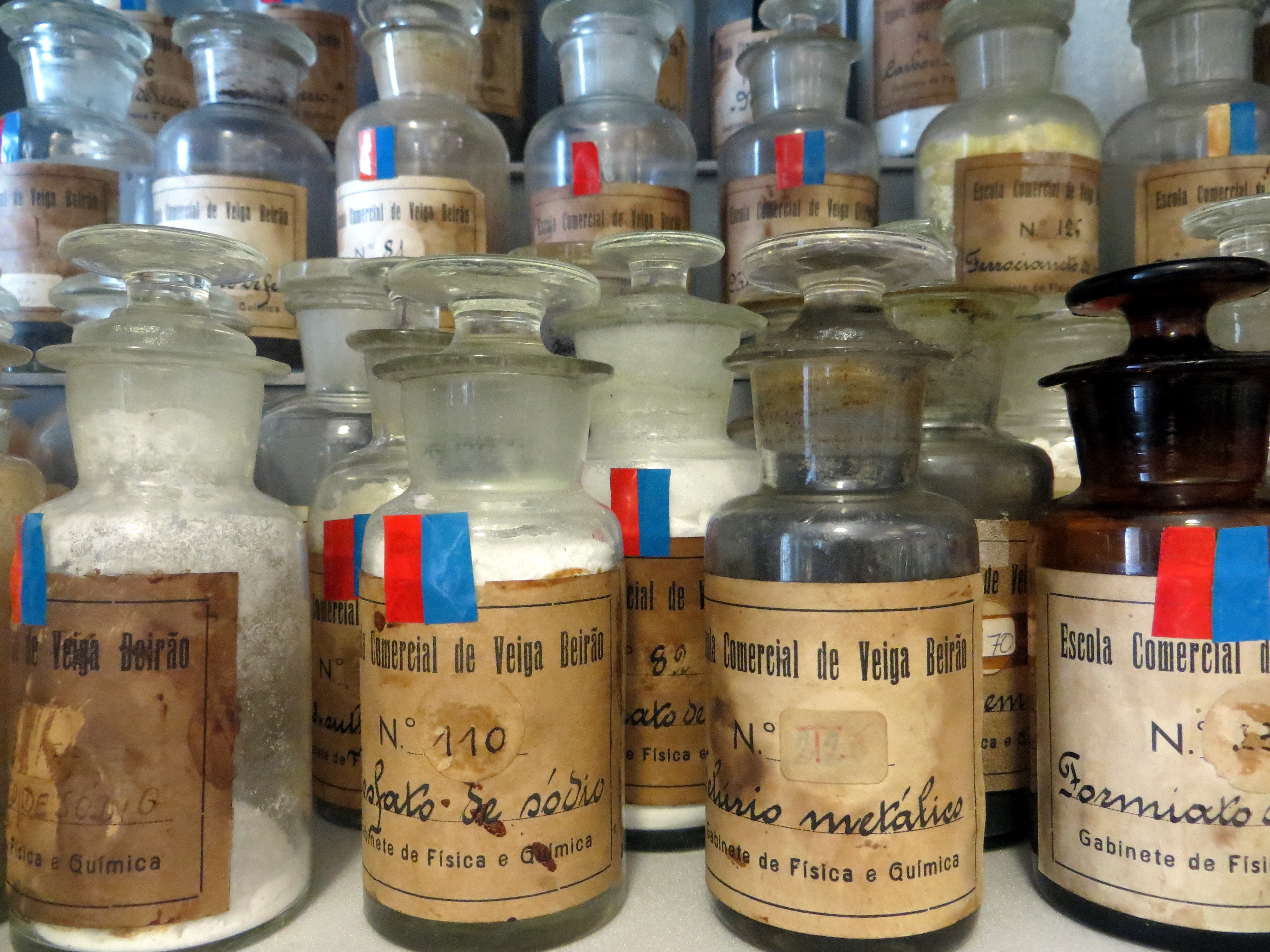Summer Student Safety
6 June 2025
Summer brings the beginning of seasonal work for many U of A students. Students may be temporarily employed in laboratories, field research settings or other U of A worksites. In addition to university students taking on employee roles over the summer, high school students may also be temporarily employed at the U of A through various university-led initiatives.
According to the Government of Alberta, young workers (<25 year old) are more likely to get injured than those who are older. Furthermore, more than 50% of incidents with young or new workers occur within the first six months of work, often due to inexperience and lack of understanding. While it is normal for young workers to arrive without experience and expertise, supervisors must be diligent about ensuring that workers complete safety training and demonstrate competency in their roles before formally starting work.
What steps are required before a worker can start doing their job?
All workers -- including those employed seasonally -- and their supervisors have legislated roles and responsibilities related to safety. Furthermore, the U of A views safety as a core principle, with a framework of policy and procedures in place to ensure everyone’s health and safety. With this in mind, supervisors and workers must complete the following before work starts:
- an orientation to the worksite to review emergency procedures, including locations of emergency equipment, how to exit the building safely and where to gather (muster point information)
- a hazard assessment to identify, assess and control hazards associated with the assigned work. Depending on the work, important hazards to consider include:
- Physical hazards (use of tools and equipment, heavy loads, ladders, electricity, repetitive work, extreme heat)
- Chemical hazards (cleaning chemicals, toxic substances, dust, paint)
- Biological hazards (bacteria, viruses, fungi, mould, insects)
- Psychosocial hazards (stress, fatigue, workplace harassment and violence)
- Cultural hazards (Lack of respect for different cultural practices and ways of thinking)
- a training needs assessment to determine what training the worker will need to conduct their work safely.
- a competency assessment to evaluate the readiness of the worker. Additional training may be required as conditions change or if the scope of work changes.
The worker must complete all training identified in the needs assessment before undertaking a competency assessment.
What training is available?
Health, Safety and Environment (HSE) provides more than three dozen online courses that are free to anyone with a CCID. Below are some of the courses that are either mandatory for all workers at the U of A (indicated with an asterix) or that might be relevant depending on the training assessment:
- Working Safely*
- Workplace Violence and Harassment Prevention*
- Field Research Safety Training
- WHMIS
- Laboratory and Chemical Safety
- Ergonomics
- High School Laboratory Safety Orientation (for high school students only)
Review the HSE training catalogue to learn about what other courses are available.
Some seasonal workers may not have a CCID. In that situation, supervisors must contact ualm@ualberta.ca to request access to specific courses on their worker’s behalf.
During the training assessment, a supervisor must ensure that the worker is taking courses that match the hazards of the work they will be doing. Workers should also receive hands-on training to ensure they understand how to complete tasks safely, including how to operate equipment. Once online and in person training is complete, the supervisor should observe the worker conducting assigned tasks to determine that they are competent to begin work.
Once a worker has begun work, they may need to redo training as deemed necessary by their supervisor. At no time should a summer student or seasonal worker perform work activities alone. They should always work alongside others during their time at the university.
What if an incident happens?
If a worker is involved in an incident or near miss incident involving university people or property, they must report it to their supervisor and to HSE using the online reporting form (requires a CCID). If a worker does not have a CCID, a supervisor may report it on their behalf.
For more information about seasonal worker safety, contact hse.info@ualberta.ca.
Resources
- Emergency Information and Procedures webpage: links to emergency procedures
- Hazard Management webpage: links to hazard assessment tools
- Training needs assessment program
- Competency assessment template
- Incident Management webpage: link to U of A online incident report
- Government of Alberta: Resources for Young Workers and Their Employers
- Government of Alberta: Know your rights - Know the rules - Know the risks
- Government of Alberta: Extreme Safety - Young Workers Guide to Safety and Employment Rules



